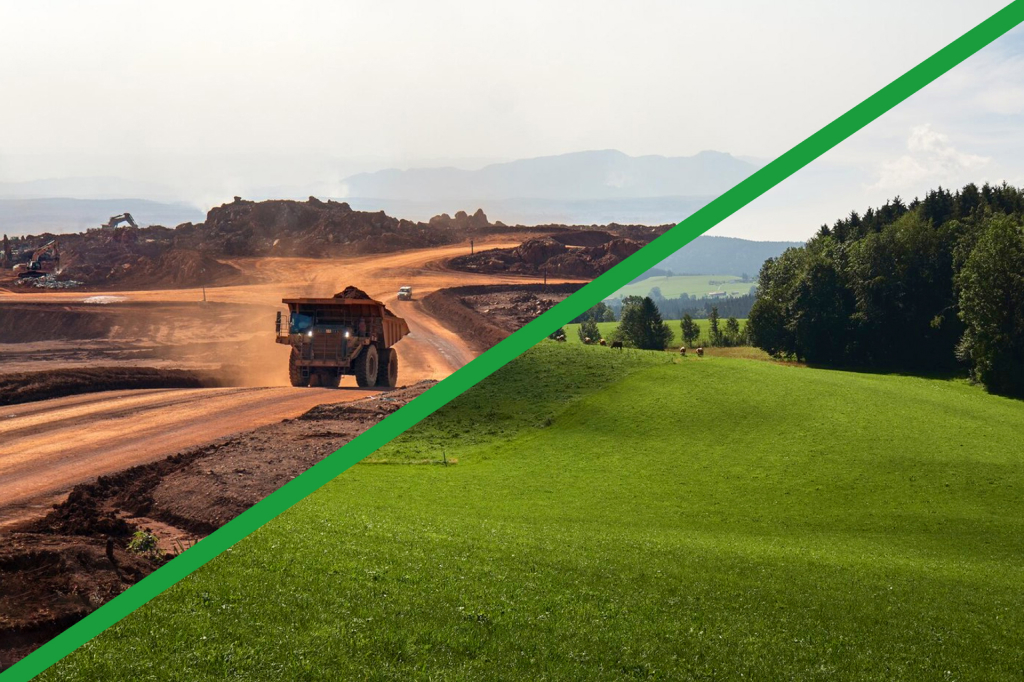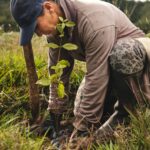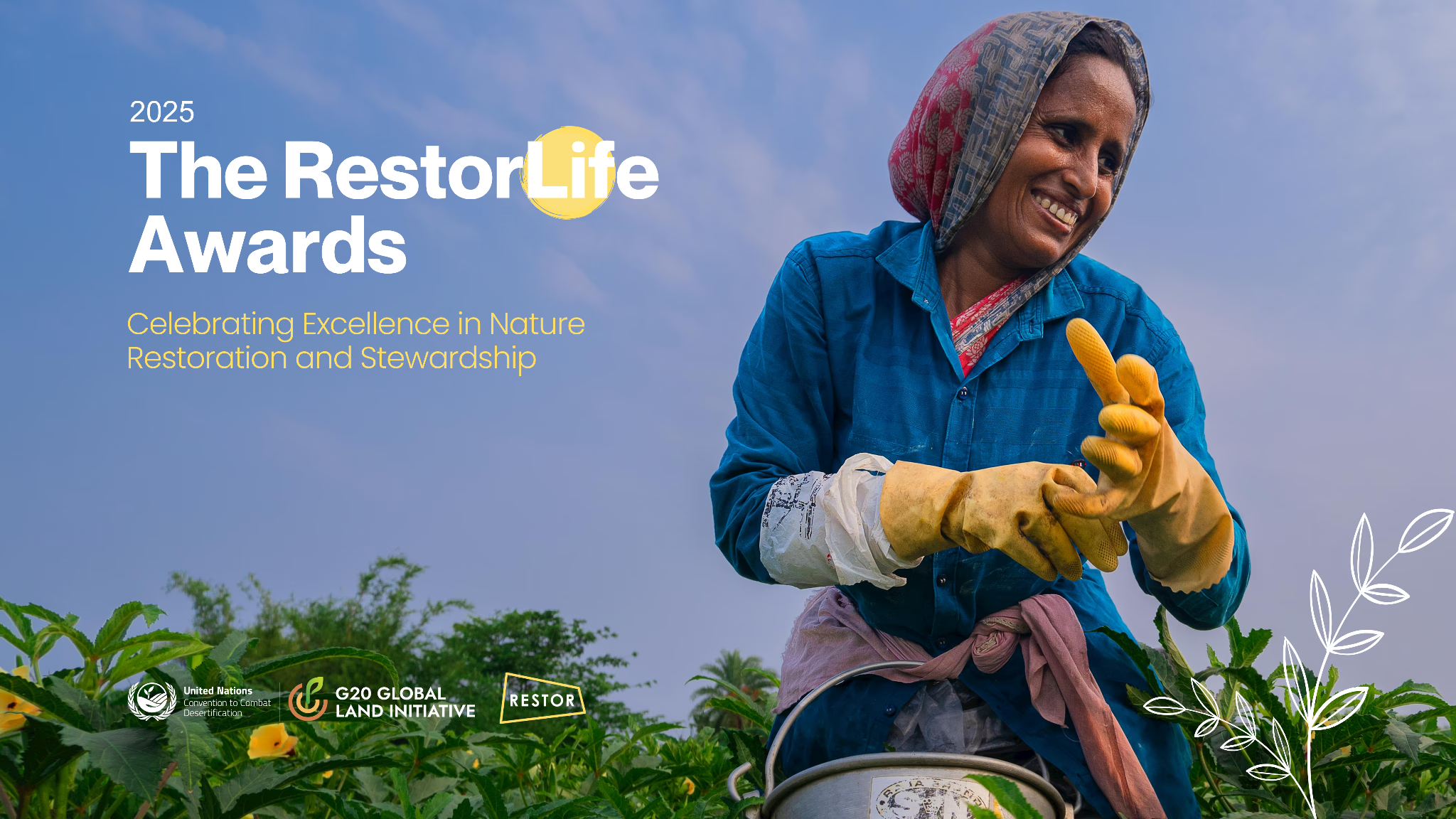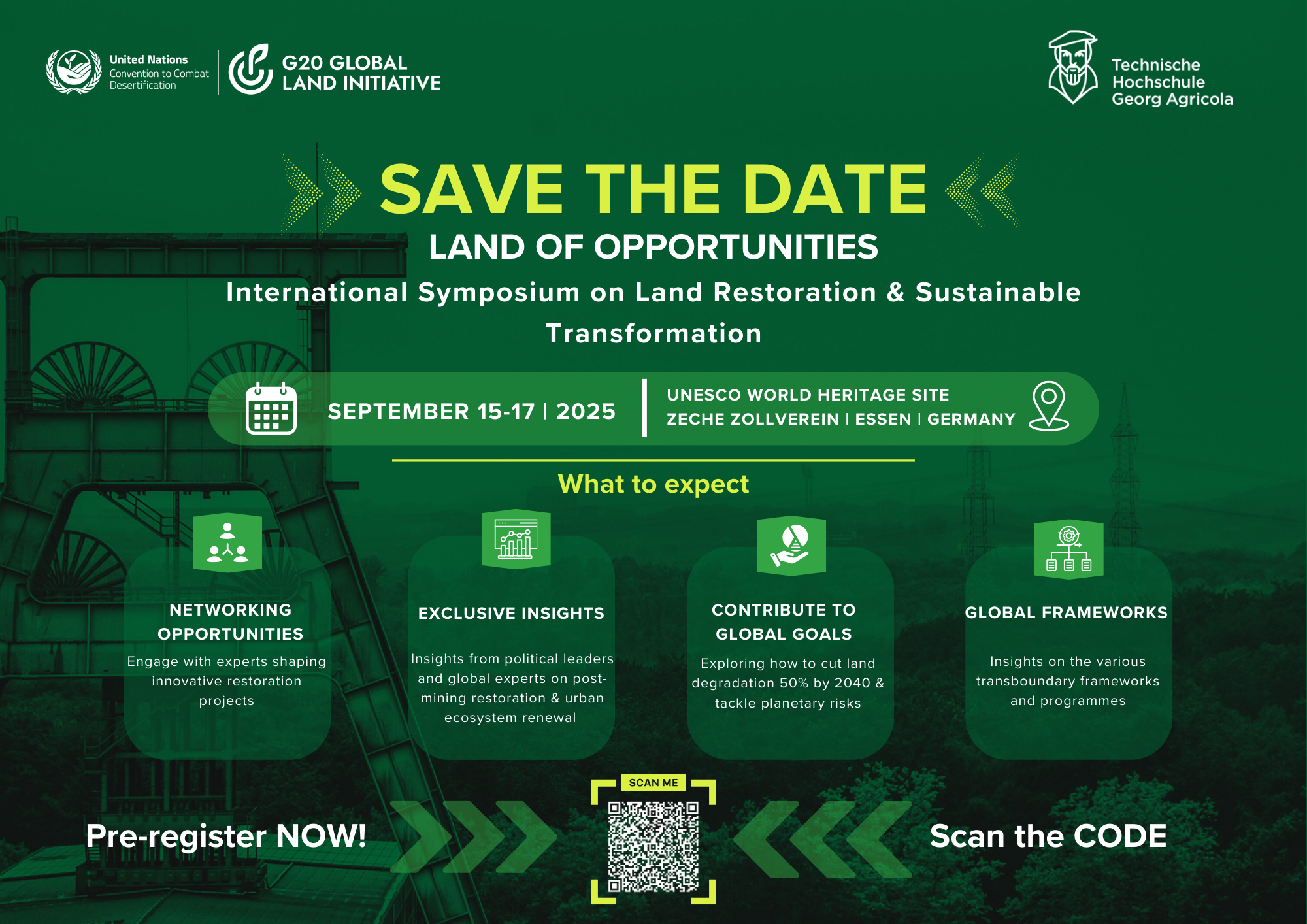Reimagining Post-Mining Landscapes For A Sustainable Future

Our connection with mines is a mixed bag. On one hand, we depend on the resources they provide, but on the other, the harm they cause is hard to ignore. What’s more, mining companies often make hefty profits without taking full responsibility for the damage.
The pressure to restore degrading land is driving interest for more accountability and ethical practices in the mining industry to ensure the impacts of extraction are properly addressed and minimized.
Contrary to popular thought, the failure to clean up is not always a sign of negligence. The lack of expertise to restore the land degraded is a major obstacle. An obstacle that the United National University, Institute for Integrated Management of Fluxes and of Resources (UNU-FLORES) and the G20 Global Land Initiative of the United Nations Convention to Combat Desertification will face head-on.
From 15-19 April 2024, they are co-hosting an immersive, hands-on workshop, in Dresden, Germany, for environmental professionals, policymakers, researchers, mining industry personnel and community stakeholders to draw up a model that responds to the needs of a growing number of post-mining transition regions that are facing and grappling with similar questions.
The impact of mining on land degradation accounts for approximately 20 million hectares globally. It seems insignificant, and yet is urgent.
Sustainable mine restoration is urgent because the mining industry is set to expand in the future. An industry paradigm shift is a necessity in light of the changing consumer demand.
Experts suggest such a paradigm shift must reflect at least four changes. First, in perceiving waste treatment as an opportunity. Second, in ensuring mine restoration is a core part of the overall mining strategy. Third, by proactively involving the communities directly impacted by mining in the restoration work. Lastly, ensuring mining companies declare their potential impact on nature upfront.
The workshop will address all these arguments, where were made during a panel discussion held last December at the UNCCD Land and Drought Pavilion at the Climate Change Conference (COP28) held in Dubai, UAE.
Mr. Themba Mkhwanazi, Regional Director of the Anglo American mining company, emphasized the need for a “mindset shift” in waste treatment, where future liabilities and risks are viewed as opportunities. In essence, mining companies need a mindset change when planning and implementing restoration.
Mining will no longer be just about extracting resources. It will require doing so sustainably, and with a long-term vision that benefits both the environment and the communities involved.
Drawing on the globally diversified mining giant Anglo American as an example, he said private companies have a clear purpose of “reimagining mining” to improve people’s lives. The goal should be to deliver self-sustaining post-mining land uses.
He acknowledged the challenges in mine restoration.
Over a million abandoned mines pose both short and long-term risks to the environment, people and communities.
Traditional mine closure procedures need to be re-evaluated, including rehabilitating the land once mining operations are over to return the land to nearly pre-mining conditions.
Mr. Mkhwanazi proposed innovative approaches. In particular, a cost-effective and efficient strategy where land rehabilitation is built into the mining operations.
The mining industry has to move away from merely relinquishing assets post-production. Instead, they need to actively participate in the process of diversifying economies around mining operations.
Integrating communities in restoration efforts
Mrs Robyn Sally Mellett, Independent Sustainability Advisor at Ivanhoe Mines Canada/South Africa, argued that any mine restoration efforts must proactively involve communities that are directly impacted.
She spoke about the importance of proactive community integration in mining restoration plans for achieving biodiversity net gains.
“Making them feel heard and ensuring they can stay after the mine is gone is crucial,” said Ms. Mellett.
The increase in biodiversity around mining sites is often linked to the influx of people seeking opportunities. Villages grow in size and numbers around mines, creating a need for livelihood restoration.
She gave an example from Ivanhoe Mines, which initiated livelihood projects such as poultry farms, aquaponics, fishponds and sewing operations. However, the realization dawned that these projects were not seamlessly integrated into biodiversity restoration efforts.
To address this, the company took a step further by involving the community in the restoration process. They were taught how to propagate plants, run nurseries and understand different habitat types. They were provided with alternative options to avoid burning or poaching from their ecosystems.
Muralee Thummarukudy, Director of the G20 Land Initiative, who moderated the session, said communities’ resistance to mining projects often turns into acceptance once they see the entire area transitioning into a new economy.
Closing the gap in mine restoration best practices
Dr Renee Young, Program Director at the Western Australian Biodiversity Science Institute, highlighted the need for best practices in mine site restoration, drawing from examples in Western Australia, which is a mining-heavy region.
She said there is a significant gap in understanding mine site restoration, especially in dealing with altered geological profiles.
As the Parties to the Convention on Biological Diversity launched the Kunming-Montreal Global Biodiversity Framework at their conference in December 2022 in Montreal, Canada, the Society for Ecological Restoration launched, in parallel, the International Standards for Mine site Restoration. The standards provide mechanisms for companies to disclose their impact on nature.
Dr Young called for a strategic shift in mining practices, prioritizing already degraded areas while avoiding ecologically and culturally significant regions.
“We need to minimize the recovery gap to the extent possible and make sure we’re doing best practice ecological restoration in these systems,” she said.
And finally, she said the release of the taskforce for nature-related financial disclosures through appropriate data capture and reporting is important to measure change.
“And that’s going to be really important if we’re going to shift the industry at a global scale,” said Dr Young.
Seeing is believing, and the participants heading to Dresden will have two days to visit two open-cast mines, which have been turned into a beautiful stone park and a green energy hub.








